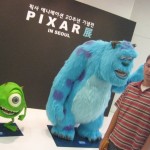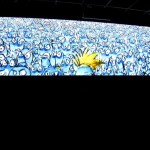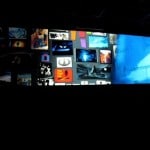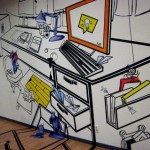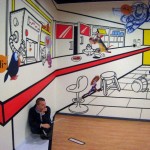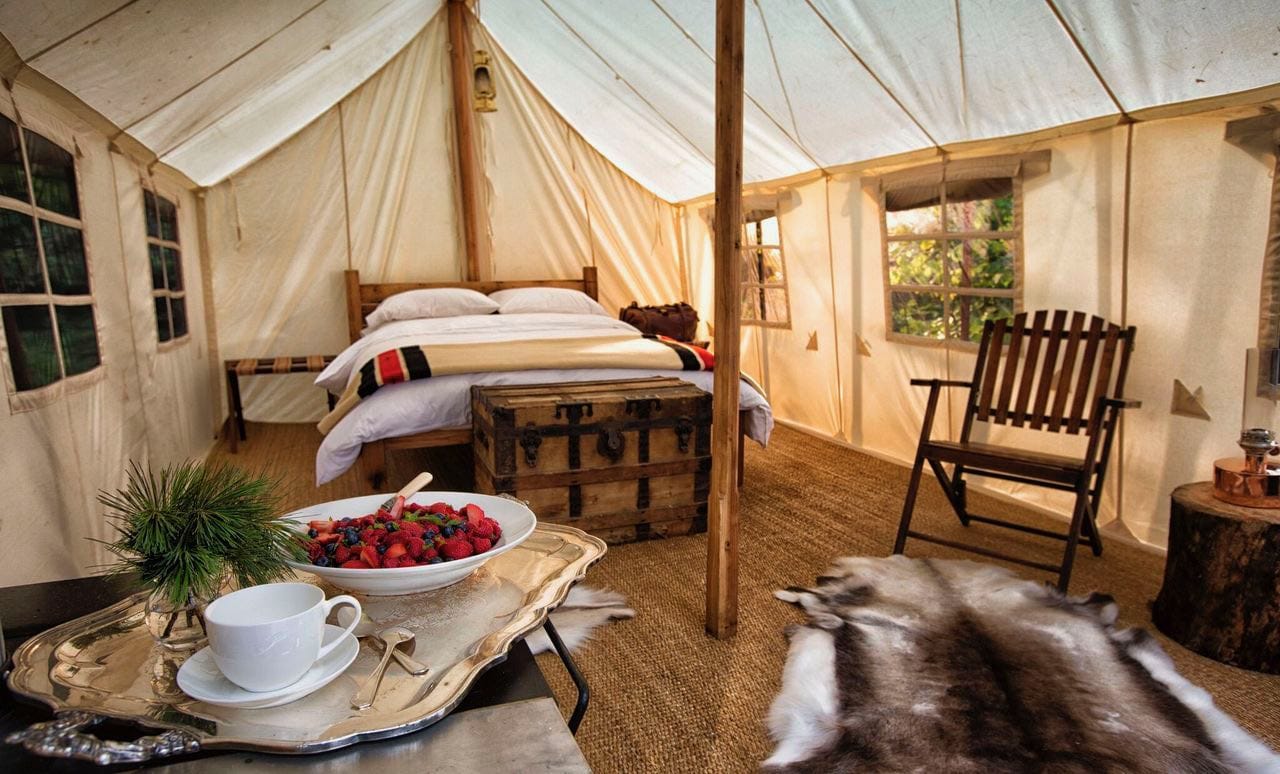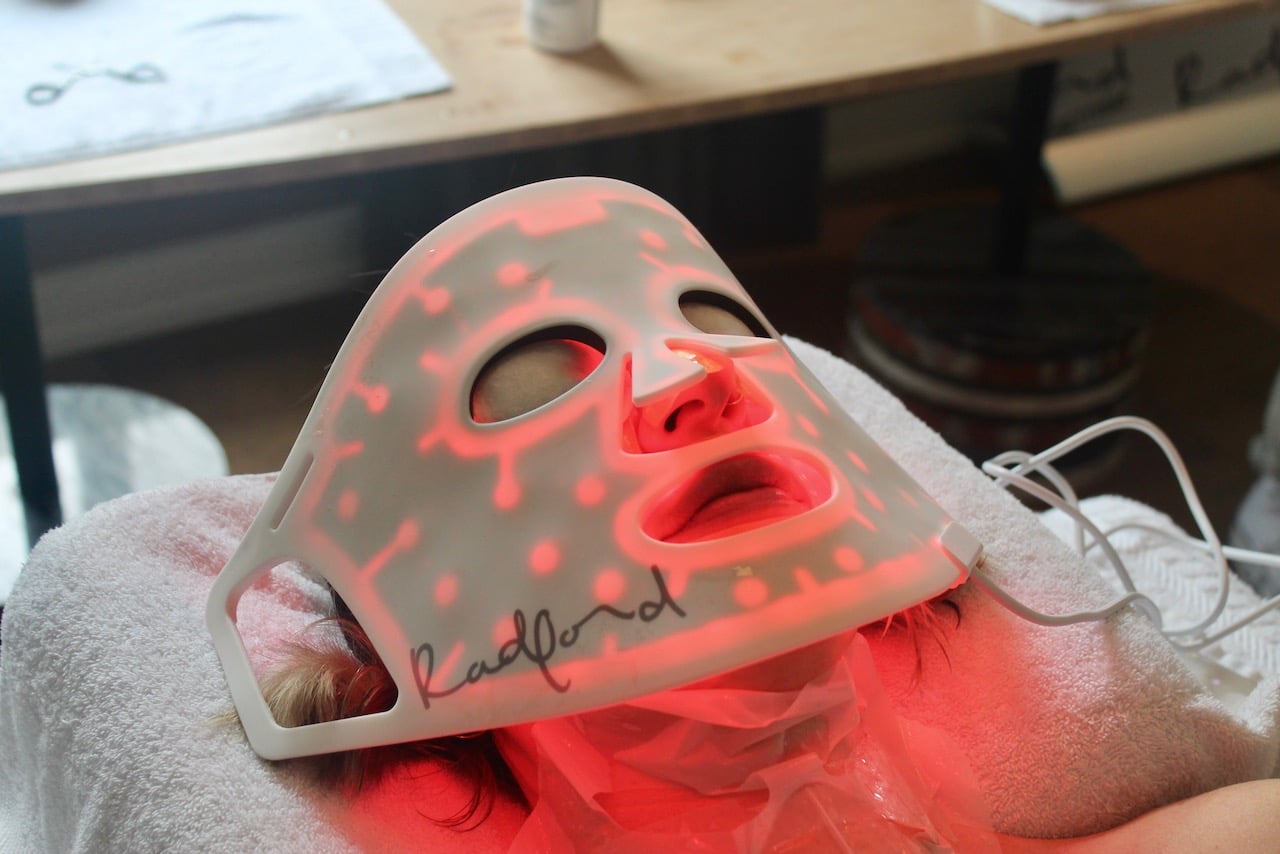Dale and I spent a rainy afternoon at the fantastic Pixar: 20 Years of Animation exhibit at Seoul Art Center. The exhibit features artist’s sketches, sculptures and paintings which were kept secret in the Pixar studio until now. The collection is a treasure trove acting as the basis for all their animations. The show quickly traveled across the world, stopping exclusively in London, New York, Tokyo, Melbourne, Helsinki and now Korea.
A perfect example of “being in the right place at the right time.” We felt very fortunate and excited to see the Pixar exhibit as it made its last world stop in our own backyard. After spending two hours walking through endless hallways I had a newfound appreciation for animation. We began with Pixar’s earliest works (a set of four short films). Then the studios first feature film, Toy Story, starts the chronological tour through each feature film. It was so interesting to see how the characters in the films evolved throughout the creative process.
Each film in the museum had been organized into four sections: Characters, Story, World and Colourscripts and Artscape.
As you enter into the “world of each film” you are shown how each of the characters evolved throughout the creative development process (from early sketches, to clay models and early computer animation clips). The organization of the stories outline is showcased as hundreds of cartoon filled white pieces of paper which make up each of the films very detailed storyboards. One really gets a sense that these films are meticulously thought over.
The World and Colourscripts sections contain brilliant watercolour and oil paintings which focus on the textures, colours, and lighting used to create each of the films various worlds. I stared up in awe at a detailed oil on canvas of a murky, dark and grey ocean scene which prominently featured one of Finding Nemo’s sinister sharks. I was also impressed by several of the watercolours which vividly depicted an ant’s perspective of the world from A Bugs Life. The gallery also featured colourscripts which are emotional stories that are visually represented by colour, lighting, and atmosphere. While staring at many of these incredibly detailed paintings I realized Pixar’s artists really are the Michelangelo and Raphael’s of our age. Pixar’s creative creations always seem to wow us. Whether it be Sullivan’s 30 000 moving hairs in Monsters Inc or the perfect shine and contour of the water droplets and waves in Finding Nemo.
Artscape, a widescreen projection created by artist/director Andrew Jimenez and sound designer Gary Rydstrom, invites viewers to experience, in the context of a digital installation, much of the handcrafted art shown elsewhere in the exhibition. This was one of the most memorable sections of the exhibit. The experience can be best summed up as an exquisite encounter between 2D and 3D techniques which appear in a digital panoramic video. We sat in the dark plopped in comfy bean bag chairs with our legs sprawled in front of ourselves as we lost ourselves in the flashing imagery on the screen. The Artscape experience takes the viewer rushing through the settings of each film. The audience is forced to reconcile their own sedentary reality with the optical sensory journey which unravels before their eyes. I overheard one couple from Australia mumble to each other after the show, “imagine watching that trippy shit on shrooms.” A succinct and accurate summary.
The most memorable of the shows many wonders, The Zoetrope, actually had Dale and I staring in disbelief. We entered a dark little room and walked up to a circular glassed in table. We arrived as the lights were dimmed and could see thousands of Toy Story characters all of which were organized in a circular pattern on the table. All of a sudden the room went dark, carnival music started to play over the speakers and the entire room filled with mutterings of amusement and amazement. As the circular table spun faster and faster a strobe light was shooting itself across the room. Before our eyes, these Toy Story characters came to life right before our eyes.
A Zoetrope is a dynamic installation, modeled on pre-cinema technology, which rotates character sculptures under a strobe light to simulate continuous motion. This device shows the fundamental principle of their animation through a rapid succession of static pictures. The Pixar Zoetrope was based on the” My Neighbor Totoro” exhibit at The Ghibli Museum in Tokyo. The Japanese are once again cited by this author as being utter geniuses.

